
You’ve got a trip coming up and you think “OMG, what am I going to eat?!”
Today, I want to share with you the tips and tricks I’ve learned over the years. I hope they will help you stay off gluten, dairy, soy, excessive sugar, preservatives, and other nasties while on the road because you want to feel healthy and energetic when you travel, not terrible from eating foods that you know will cause you suffering.
The key is one word: PLANNING.
“Fail to plan and you plan to fail.” This idiom holds lots of truth here, too.
Here is what to pay attention to when picking snacks and portable food for traveling. Do not rely on the marketing messages on the front of the label. Instead, read the back—this is where the truth is.
What to look out for when choosing healthy travel snacks
Low in sugar and only certain sugars

Coming to live in the US was a shocker for me on many levels—and the amount of sugar found in everything was on top of the list.
Do the math. How much sugar do you consume every day? Four grams of sugar is one teaspoon. You will be shocked when you inspect your snacks, cereals, commercial yogurts, dressings, muffins and even kombucha and bread to find out just how much sugar there is in everything.
So how much sugar should be consumed? The FDA ironically does not have a daily maximum recommendation but the American Heart Association suggests a maximum of 9 teaspoons (34 grams) for men and 6 teaspoons (23 grams) for women. That’s pretty close to what I’m advocating – which is a total of 20 grams or 5 teaspoons – all in, fruit included.
Sugars I recommend:
- coconut nectar
- coconut sugar
- maple syrup
- honey
- dates
- stevia (unprocessed)
- yacon syrup
- monk fruit.
Sugars you want to avoid:
- agave syrup
- corn syrup
- Maltodextrin
- artificial sweeteners like aspartame (Equal, NutraSweet)
- saccharin (Sweet ‘N Low)
- Splenda and stevia brands like Truvia and Sun Crystals
Sweeteners like xylitol, sorbitol, and erythritol are actually not sweeteners but sugar alcohols and can be well tolerated by some people and not well by others (giving gastrointestinal problems) so you need to try it and tune into your body to decide.
By the way, aren’t these brand names just great? Who would have thought of “NutraSweet” as a nasty substance that messed up your hormones, gut bacterial flora, and liver and can cause neurological damage? To my point about marketing…
Protein
One way to slow down the absorption of sugar is to offer your body some protein. This holds true if you have a hypoglycemic tendency (feeling shaky, moody, weak, and unfocused when hungry) but if you are dealing with Candida yeast overgrowth (which 70% of women I work with do), you need to pick no-sugar or super-low sugar snacks and load up on protein.
Additives and preservatives
As Michael Pollan, author of Food Rules said: “don’t buy anything that contains words you can’t pronounce.”
- Monosodium Glutamate – which also comes hidden under innocent names like Hydrolyzed Vegetable Protein, Textured Vegetable Protein, and Yeast Extract. It can contribute to leptin resistance which makes us still feel hungry after a full meal.
- Food Dyes, especially Blue #1 and Blue #2 (E133), Red dye #3 (also Red #40 – a more current dye) (E124), and Yellow #6 (E110) and Yellow Tartrazine (E102).
- Sodium Nitrate/Sodium Nitrite – a preservative used in processed meats and fish, linked to cancer.
- Potassium Bromate – interferes with the thyroid function (bromate competes with iodine in the thyroid receptors)
- Sodium Sulfite – a preservative used in wine-making and other processed foods like jerky (great travel food, but not with these nasties).
Hydrogenated oils
This one is a tough one as most commercial snacks, even the organic ones, are cooked in hydrogenated oils which are known to be highly inflammatory. These would include canola, grapeseed, corn, soy and sunflower oils, and margarine. Best to pick snacks made with unrefined coconut, palm, or olive oil.
Food allergens
If you have a problem with certain foods, say soy, be sure to read the labels. Soy is a cheap filler for many foods and can be found in many processed foods.
Sodium
America is dead scared of salt in its oversimplified belief that salt = sodium = hypertension. True, but that’s only the case with refined salt which is stripped of all other micronutrients.
Sea salt is perfectly healthy and should only be used in moderation by people who already have a problem with blood pressure. In fact, women with adrenal fatigue are advised to drink 1/2 tsp of sea salt in a glass of water every day. For the rest of us, bring on the salt, but sea salt instead of the refined stuff.
P.S the fancy name “kosher salt” is as good as refined salt, so put it away.
10 key travel hacks before you hit the road

1. Book an apartment or Airbnb with a kitchen
As much as I can (and it makes sense), I book an Airbnb or VRBO with a kitchen or kitchenette. Check or ask the host to provide a blender or an immersion blender – they are pretty standard in most apartments and it’s not unreasonable to ask for one.
2. Stock up and/or order online to home-deliver
If you know you are going to travel, stock up ahead of time – you will have more control. I get most of the packaged (but healthy) foods at Thrive Market. It is Whole Foods quality but 40-60% cheaper. When I arrive at my destination, the first thing I do is either dash out to the nearest health food store or order online via Instacart or Prime Now (Whole Foods/Amazon service). They deliver within 2 hours to your doorsteps. Totally worth it.
3. Get water in glass bottles
Do not drink tap water (ever). Once you arrive, I recommend getting water in glass bottles, especially in the summer months. Plastic bottles leach chemicals into the water. Glass does not. You can use Instacart or Prime Now (Whole Foods/Amazon) to deliver them as well so you don’t carry anything. When I travel, I mostly get Mountain Valley brand.
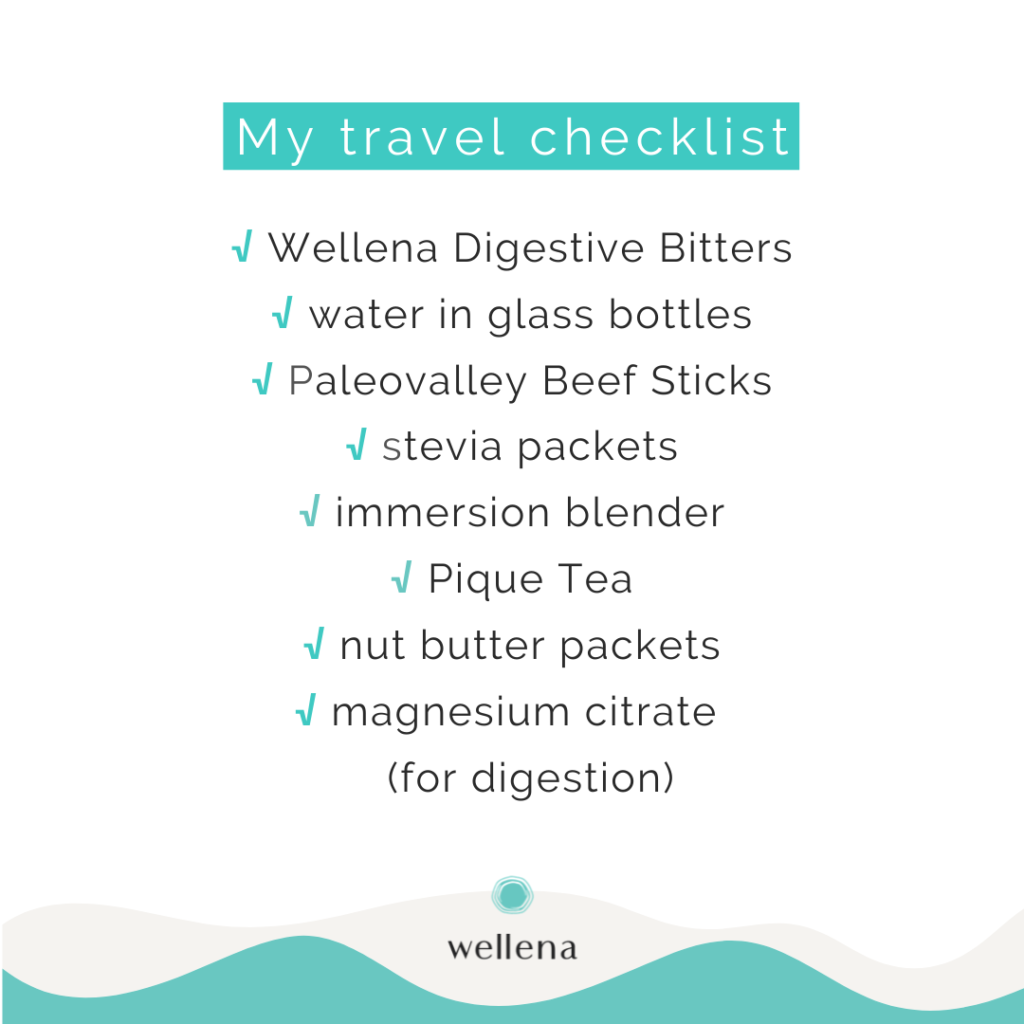
4. Plan breakfast
This can be the hardest but it doesn’t have to be if you plan ahead. Here are a few hacks I want to share with you:
Make your own smoothie
- If no power is available (like on the airplane), bring a shaker smoothie bottle. Amazon has one here. Unfortunately, it’s made from plastic, so it’s best not to add any hot ingredients to it.
- Trying to avoid plastic? Bring a small mason jar with a lid – perfect for giving your smoothie a good shake.
- I often bring this immersion blender with me and make my own smoothies in the morning.
- Collagen powder for a burst of protein. Remove some from the tub and store it in baggies for your trip.
- Bring seeds (chia, sunflower, flaxseed) and nuts, unripe avocado, dried fruit like cherries, goji berries, dates, figs, cacao, or carob powder.
- Also, bring BPA-free coconut milk or almond milk, and coconut butter. Another option: Coconut milk powder.
- Ashwagandha powder to help your body cope with the stress of traveling and bring you some comfort.
- Organic stevia packets – for a bit of sweetness (if you can tolerate stevia).
On-The-Go Breakfasts
- Ask for oatmeal at the restaurant with no added sugar. Add your own seeds, nuts, and coconut milk to the meal.
- Bring your own oatmeal. Bob’s Red Mill has a superfood instant organic oatmeal with no added sugar.
- Ask for a “to-order” breakfast. Ask for a sausage or steak and sautéed vegetables. Many chefs would make that for you. You just have to ask.
- I personally don’t do sweet or overly “grainy” breakfasts because it makes me lethargic and sleepy so when I travel, I often get a bunch of things from a grocery and put it together on a plate. In this photo, you see arugula drizzled with an avocado dressing, smoked fish, sun dried tomatoes, olives, and some kimchi. No need to cook anything! Just assemble on a plate. This is why getting a place with a kitchen or kitchenette can be a really good idea.
5. Plan salads
Salads are so easy to make when on the road: just throw together any of these veggies and protein:
- BPA-free can of sardine, chicken, or salmon
- Smoked salmon (keeps well with no refrigeration for a week)
- Nitrate-free salami (keeps well for 5-6 days or longer even with no fridge)
- Avocado
- Pre-mixed salad dressing (olive oil, lemon/ACV, salt, herbs)
- 4oz extra virgin olive oil bottle (or any small bottle)
- Mixed greens (keep well for 4 days in an air-tight container, put a paper towel at the bottom)
- Sprouts (keep well for 4 days in an air-tight container, put a paper towel at the bottom)
- BPA-free can of chickpeas or any beans
- Cherry tomatoes (if nightshades tolerated)
- Seeds and nuts for some crunch. Avoid trail mix. It’s typically loaded with sugar-coated fruit.
- Gluten-free crackers like Mary’s Gone Crackers or flaxseed crackers from Doctor in the Kitchen
- Hard boiled egg, if tolerated
- Wraps: see below
6. Make a quick wrap
I’ve found this to be the best thriving traveler’s trick: WRAPS!
You can use nori sheets, collard greens, lettuce, cabbage leaves, or coconut sheets but I found the latter not to be too tasty.
A couple of other wraps to check out:
- Julian Bakery Paleo Wraps – sold on Amazon
- Cassava Flour tortillas – the brand is Siete Foods.
What can you put in a wrap? Anything from the items I mentioned above under “Salads.” I just find wraps to be more portable food than a salad, so therefore, I prefer them.
This is one example of my quick wrap when on the road: wrap or tortilla filled with smoked fish, sprouts, arugula, and olives, drizzled with pre-made olive oil and lemon dressing. Two of these make a complete, healthy, and tasty lunch or dinner.
7. Ordering dinner
People who are vegan or eat kosher have no qualms asking a restaurant or friends to comply with their nutritional needs. You should therefore never feel sorry or guilty for requesting something special at a restaurant. I personally find that it helps to just state that you have special dietary needs and ask the server to help you navigate the menu and the kitchen.
Here are some simple and safe meal ideas most chefs would be happy to make for you:
- Grilled or roasted animal protein or fish (no batter) with a salad or sautéed vegetables.
- Large salad without the food you are avoiding, plus dressing (see below).
- Dressing: ask for olive oil, salt, and lemon/lime to accompany your meal. Do not eat the pre-made dressings – they almost always contain high fructose corn syrup, hydrogenated oils, synthetic emulsifiers and preservatives.
8. Snacks

Hummus
Buy travel packets of hummus when you’re on the go. Wild Garden is a good brand. Eat with any of the crackers below. There are also a bunch of snacks (see snacks section) on Thrive Market.
Nut butter
Also available in travel packets. I often order from Thrive Market, Artisana is my favorite. Nothing is added, not even sugar. I also like Raw Almond. Pair with pear slices, apple slices, any of the crackers listed below, or veggie sticks.
Bars
My personal favorites are Paleovalley’s chocolate Superfood Bars They are delicious and low in sugar. Most bars are loaded with sugar (remember? 4g = 1 tsp, so you do the math), therefore always remember to check the back of the packing (not just the pretty front).
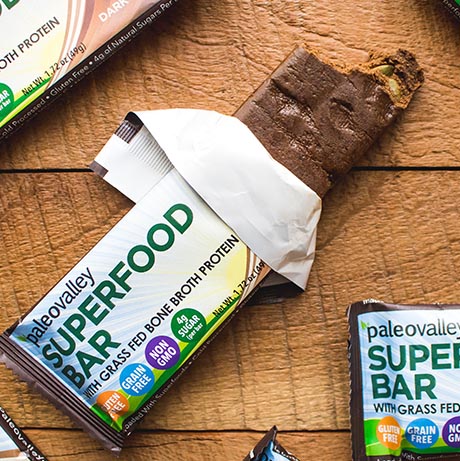
- Other recommended Paleo bars: EPIC, Tanka bars
- Healthy bars (low sugar, high protein): GoRaw, Mama Chia
- Bulletproof Collagen Protein Bar
Crackers and Chips
- Dena’s Fuel For Fitness – a few flavors
- Mary’s Gone Crackers
- Doctor in the Kitchen
- Edwards & Sons rice crackers
- Go Raw Flax Snax
- Kale Chips: Rhythm Kook Ranch
- Nori Snacks by SeaSnax
Jerky
- Paleovalley 100% Grass-Fed Beef Sticks (my favorite meat snacks; naturally fermented, shelf-stable, with gut-friendly probiotics. Get 10% off by using the link.)
- The New Primal (love them, as they are lowest in sugar – 1gram per serving, awesome)
- Epic Bars
- Krave (not loving the amount of sugar in them, though. Teriyaki contains 8g per serving)
`
Bring your own flask to make your teas. I use one from Sacred Lotus Love (photo below) and LOVE it. Bring tea bags of tulsi (holy basil), fennel, nettle, peppermint, ginger, green tea, matcha tea, etc. I also travel with Pique tea sachets. They are dissolvable, so you don’t need to steep them.
10. Pack digestive bitters and magnesium citrate for digestion
While traveling, you’re bound to indulge a little bit here and there—you’re on vacation! To support digestion, I always travel with the Wellena Digestive Bitters Kit, which comes in a cotton sachet, making it super easy to throw in my carry-on or in my bag when I’m out exploring. Bitters have so many amazing benefits from lessening acid reflux symptoms to lowering inflammation in the gut. You can get the full Digestive Bitters set with the bag here.
I also always travel with Magnesium Citrate. It’s a great form of magnesium if you’re struggling with constipation or plan to be sitting for long periods of time, like on a long flight. Whenever I travel, I bring along a bottle of Magnesium Citrate to keep things moving. Buy a bottle of Wellena Magnesium Citrate here.
Local Finds
We often assume that the place we are going to is never going to have food as good as we like it. Sometimes that’s true but not always. I, therefore, recommend that you also hit up a few online spots:
- Google “organic health store” or local Whole Foods
- Visit the Eat Well Guide to look for healthy options.
- Look up Yelp.com and enter “organic restaurant” or “organic shop” or “food co-ops.”
Want more inspiration for healthy recipes on the go? Check out my recipes for healthy snacks, smoothies, and healthy breakfast ideas.
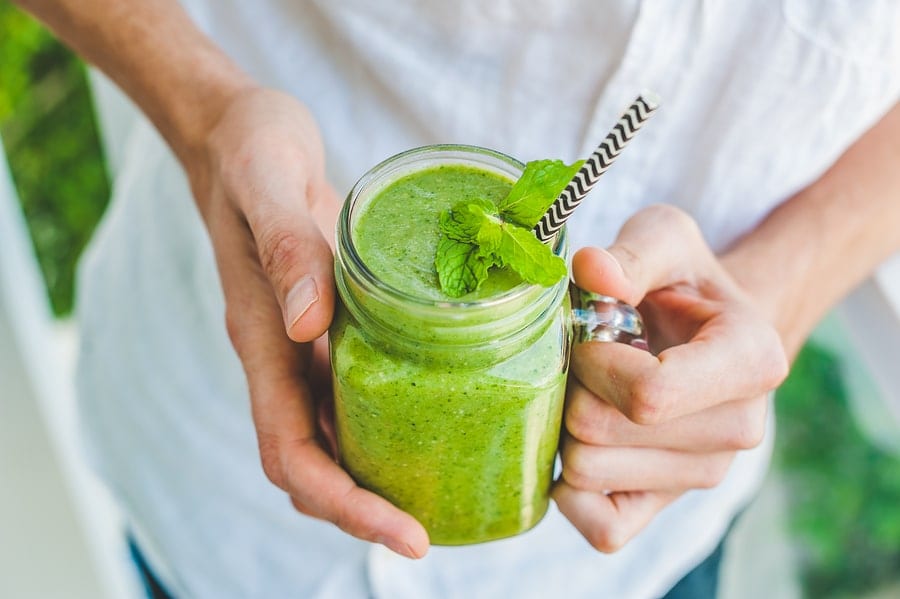
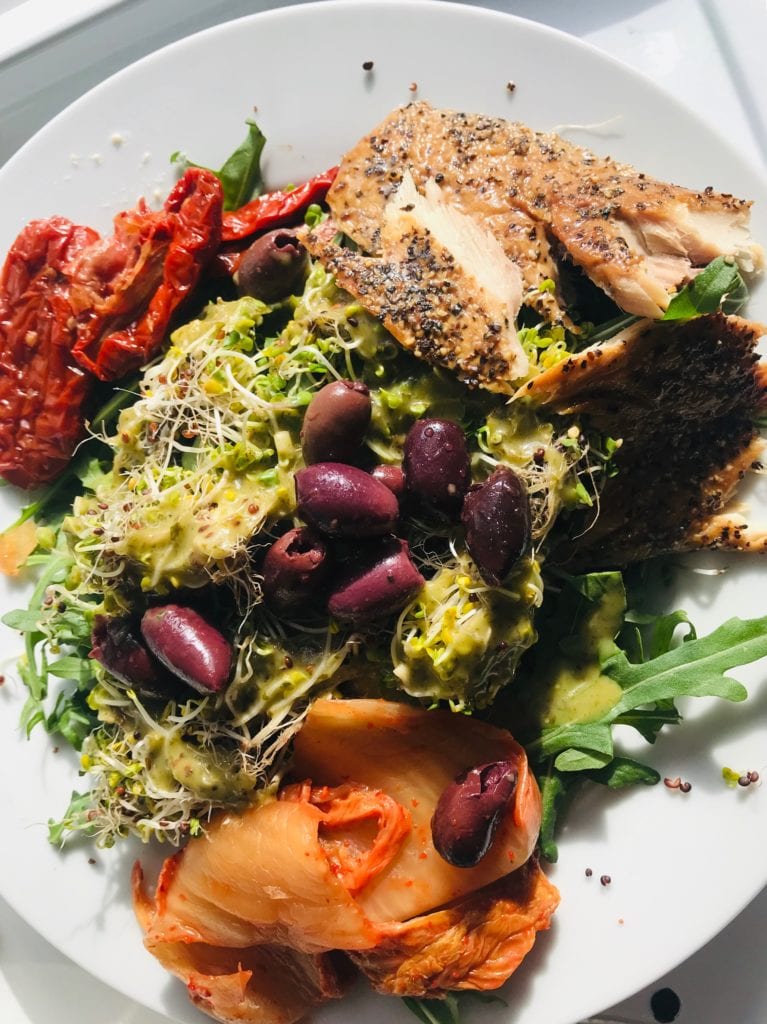

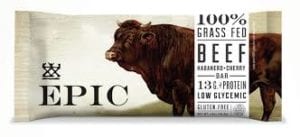
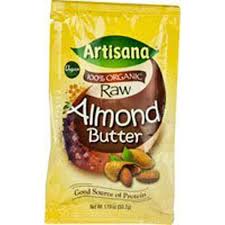
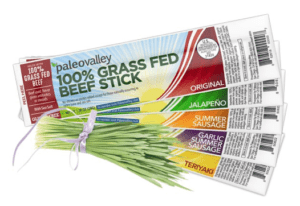
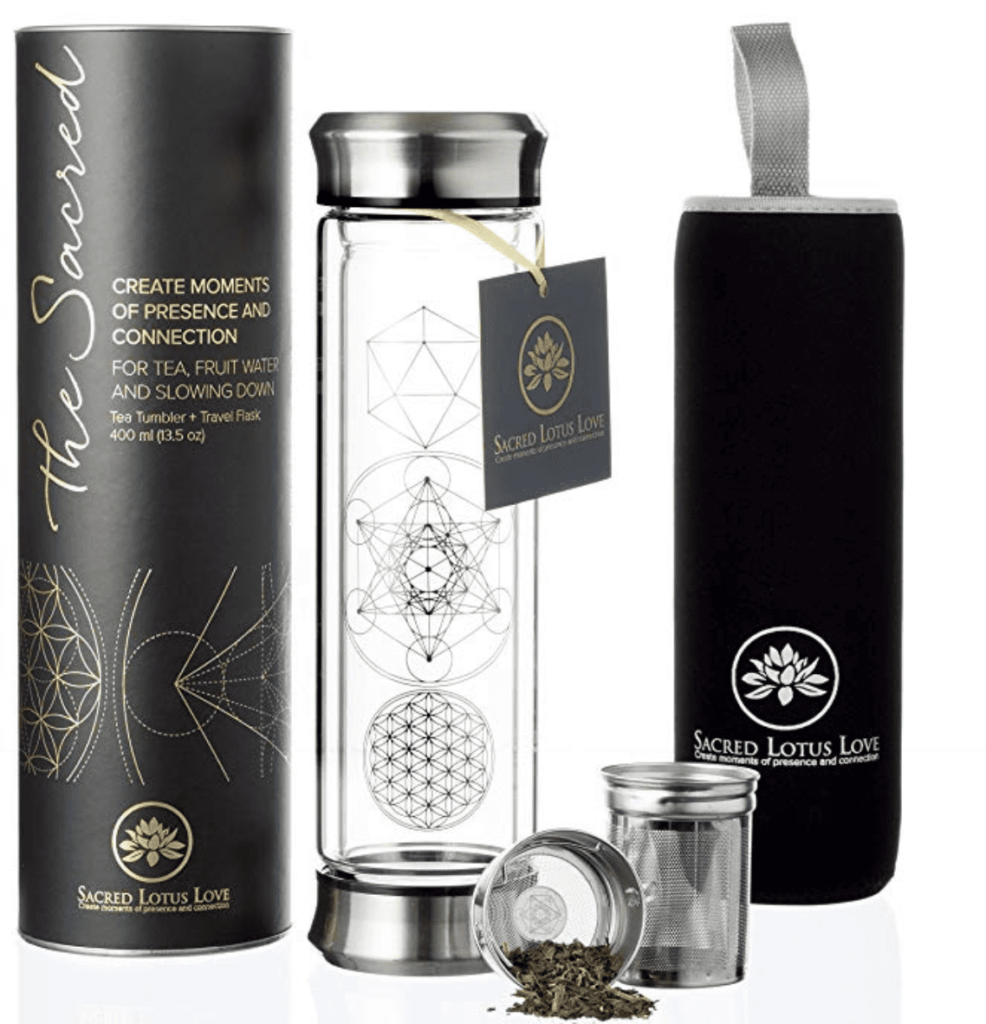
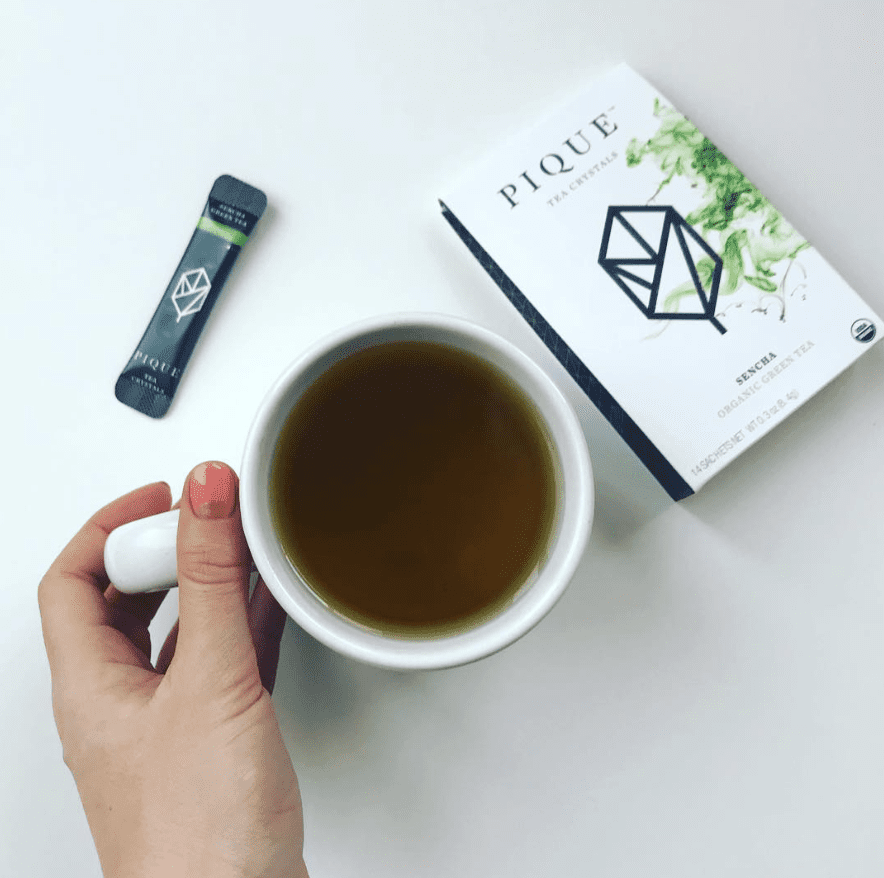
Good list! I recently made muesli packets in ziplock bags for a trip – organic quick oats, raisins, and nuts. At night I put a packet in a pint jar and added rice milk. Refrigerate overnight if available. I love your idea of powdered coconut milk. Could add that to the muesli mix and simply add water instead of milk when mixing a serving. Could also add collagen to the muesli mix.
Great ideas! Thanks!
Hey Mary,
Thank you for sharing your travel ideas. I’m glad you found a few new tips as well.
Warmly, Angela HB Team
Hi Mary,
I don’t know about your US rice milk, but here in Europe our rice milk (rice dream by Hain) contains 9.9g of carbs, of which 7.1g of sugars. This is the brand that has the purest ingredient list, only WATER and rice and sunflower oil.
So that has gone out of my diet, replaced it with almond milk. The kids only want rice milk in their porridge of course, they got used to the sweetness…
7.1g per 100ml, which is half a cup basically
Hi Clara, Thank you for your feedback here ~HB Team
Thank you so much Magdalena!! You are so generous to send this out to us. I really appreciate it. Wonderful tips and very timely for me as my husband and I are moving in January and I will be without ‘my kitchen’ for 2 or 3 days (not to mention being a bit tired!!)!! This is perfect and I am printing it out to follow at that time. I hope you are continuing to recover well from your surgery. Thanks again…sending hugs and love. Sue
Hi Sue,
I’m so glad you found this helpful. Thank you for your enthusiasm and support.
Warmly, Angela HB Team
I won’t shop at thrive market. I had such a bad experience with them. I just stop subscribing to people they sponsor.
Great information. I also pack a freezer bag or cooler.
So if I shop at a farmers market or find some yummy food on the way I am keep it cold.
If I do t have an ice pack I get ice from hotel ice machine or most grocery stores will give you ice if you ask. I find the Fish or meat counter are always helpful and give me ice packs meat was shipped in.
Happy travels.
I love your ideas, but would like some ideas for traveling to and from
Mexico. They weigh your carry on and personal item and it can only
be a total of 22 lbs. With bringing all my own food plus, a laptop or
tablet, 2 cell phones (one US and one Mexican) and reading materials, a few vitamins, flashlight, toiletries, it weighs too much.
Also, you can not bring nuts or any fruit or veggies through customs.
Hi Nancy, yes, this is very good if one is driving or there are nice grocery stores nearby. We would still suggest, natural foods when possible. fruits, vegetables, hummus, and lean meat. This is good especially if you have a place to prepare foods or items to look for in a local restaurant. ~HB Team
goji berries, I’ve read are really high in lectins. Not a good thing to be eating.
I have read that goji berries can actually be inflammatory so I have stopped eating them altogether
goji berries are nightshade family, may be an issue for some
Wow, I didn’t know that about goji berries! I thought I had stopped all nightshades. Thank you, Fiona.
Hi Fiona,
Thank you for your feedback ~HB Team
I didn’t see anything specific about constipation when traveling.
Maybe I missed it but what was your advice on that subject. It was
noted in your introduction. THANKS
A good help with possible constipation whilst travelling is to take a packet of organic prunes and organic almonds, and have 3 or 4 of each first thing in the morning with a cup of organic herbal tea. This works very well for me. 😊. Hope this helps.
Great idea Karen 🙂 ~Thank you
I totally agree. I always eat 3 or 4 prunes after eating two satsumas every morning or I would become constipated because of a side effect from one of the pills I have to take daily. Prunes are like a blessing as I was previously eating at least 5 fruit or vegetables daily.
Thank you for sharing this, Angie!
– HB Team
Take a pinch or 2 of sea salt of some sort (Himalayan pink is what I have used) on your tongue. Dr. Ken Barry suggested this for constipation in one of his YouTube videos of Keto Lifestyle. He said to stay near facilities to use for a couple hours or so, though, too. Maybe works on each person differently because it helped but I didn’t need to be super close to facilities.
Hi Penny,
This sounds very interesting. We will have to try this 🙂 Thank you
~HB Team
My go to for that is to take a zip lock of magnesium powder drink along. I use Calm. It keeps me calm and usually prevents any issues with constipation.
Hi Mary, We are pleased that has worked for you. Thank you for sharing this with our readers 🙂 ~HB Team
Hi Sharon,
This isn’t specific to travel but still helpful https://hormonesbalance.com/articles/how-constipation-causes-hormonal-imbalances-ways-to-get-going-again/. ~HB Team
I’ve been travelling with powdered bone broth and MCT oil. I love it first thing in the morning instead of coffee or tea.
What powdered bone broth do you use & from where? Thanks!
Organika chicken or beef, available in health food stores and supermarkets .
Very nice Sheryl 🙂
I only book Airbnb places with kitchens or kitchenettes. It makes my life simpler and it’s cheaper. I just got back from staying at a yurt near Taos for $50/night that had everything except an oven. I’ve found it very easy to find places with kitchenettes everywhere I travel. Unfortunately most places I go do not have services where they deliver food to you so I have to schlep all my food in myself, but it’s worth it in the end.
These were great reminders! I recently spent 5 days at a conference… I started off with snacks and dinners just as you suggested BUT I ran out of food AND the host organization ordered organic foods but starch was in too many… I ate it . I was bloated and in pain for 3 days follwoing. Once I got home and did my Plant paradox detox for 3 days I was back to normal.
MUST PREPARE FOR MORE!
ALSO no BACKSLIDING, it’s painful,
ALl notes to self!
Cheers
Mitzi
Very good Mitzi 🙂
I’m wondering why the Siete Brand Almond flour tortilla wrap is not recommended – Thanks
Sounds like it just was!
Hi Fran,
The almond wrap is fine too. Some people go over board with almonds (almond flour, almond milk, etc) when transitioning off of gluten.
Yes to too much almond!! It caused some strange things. Must diversify. Not too much of any one thing. This is a wealth of knowledge!! Thanks Magdalena and team!
No, actually the wrap recommended was the Cassava Flour tortillas – the brand is Siete Foods
Yes 🙂
I’m looking for a clarification – the article mentioned Cassava Flour tortillas – the brand is Siete Foods – they also make an almond flour wrap which was not mentioned – I’m wondering if this was an oversight or if there was a reason it was not included – thanks
Hi Fran,
The almond wraps are fine, as long as they are not over doing almonds. Many people go off gluten and start replacing many things with almond products. Food diversity is an important consideration. ~HB Team
I am surprised that you include fruit in your 20 grams sugar per day even for non diabetics. I thought that except for the very high sugar fruits like cherries, bananas, mango, etc , that the fiber in fruit lowers the GI and it doesn’t have to be counted in the 20 gram/day guideline. Can you please comment.
Hi Honey,
When it comes to hormone health, fructose acts as sugar. You can make your own decisions on your fruit intake and what you feel is best for your body. However, Magdalena stands by these numbers for balancing hormones. ~HB Team
My favorite wrap, that I buy from Thrive Mkt, is Green Leaf Foods, Spinach Raw Wraps. There are only five ingredients: apple, spinach, onion, quinoa, coconut nectar, psyllium husk. They also make one with Kale.
Hi Georgia,
They sound very good! Thank you for another good idea here 🙂
~HB Team
I never, never eat flax seed. It has more plant estrogen than any other plant food, much more than soy, which is used as a hormone replacement for menopause symptoms.
Hi Judy, How are you feeling?
My husband and I live in VA and recently took a 3 month road trip across the USA and back. We carried a Coleman electric cooler that plugged into the back of our Ford Edge. At night we took it into the hotel & plugged it into the wall. It was especially great for visiting with relatives who had no refrigerator space. I took Vital Choice tuna & salmon in 3.5oz cans, misc brands of sardines & herring, I took home canned bone broth, powdered is space friendlier. I made trail mix to use in yogurt, oatmeal or snacks. My husband usually ate yogurt at breakfast at the hotel or motel and he took extra to use later. We stopped at grocery stores, with salad bars where I could get meat, a selection of veggies & greens, fruit, seeds, nuts, etc. Sometimes I purchased frozen precooked Applegate organic chicken or organic frozen veggies. One place had organic precooked packages of sweet potatoes, butternut squash, or beets in a refrigerated space. They were shrink wrapped inside a cardboard box with an open front showing what was in it. Yelp helped find restaurants, Google & Airbnb lodging. Occasionally, we stayed with relatives, but mostly in hotels, motels, resorts, Airbnb houses, very few places with a kitchen. There are more small villages in the USA than cities with Whole Foods or stores that carry organic food. Lunch was usually at a picturesque, shaded place along the way. I made nut butter & jelly sandwiches with Lundberg Thin Stackers puffed brown rice cakes or had salad.. Dinner was sometimes a challenge but I had choices in the car. We kept a bottle of wine in the cooler for a wind down at the end of the day. It was an interesting trip.
We love this Jane! Thank you for sharing so many good ideas!
~HB Team
I’ve often thought my own portable refrigerator was a better way to keep things cold- what Coleman model do you use?
Great ideas! I have so many food allergies and gut issues that it has taken the pleasure out of traveling. Breakfast is always my biggest challenge. Since the safest breakfast for me is a smoothie, I prepare individual small snack bags with all of the powdered ingredients. I measure out the ingredients for each day of my travel. When I arrive at my destination I find a local Trader Joe’s or Natural Food market and purchase frozen berries, fresh produce (bananas, avocados, etc.) and any wet ingredients (I usually use water). If a blender is not available, I simply eat a banana and a handful of nuts.
Hi Darlene, thank you for sharing your great ideas! ~ Jeanne HB Team
WildWayOfLife.com has outstanding instant hot cereals that only have a handful of real ingredients. I take it on the road and camping.
FindMeGlutenFree app is very helpful.
Hi Jennifer, thank you for sharing! ~ Jeanne HB Team
Whenever we travel and cannot find a health food store we end up in Safeway! No kidding they have a decent selection of organic food, recently in Hawaii I even found organic ghee in a glass jar!
Great article, as always. What are your thoughts on Just Like Sugar? Ok/Good/Bad?
Do you have any information about individuals reacting to nuts and seeds? Is this typical for this disease and does the diet seem to help the situation? I am protein deficient and would love to find healthy snack bars as I often on the go, but they all seem to contain nuts and seeds. Any recommendations? Thank you for the awesome information – it has been super helpful!
Hi Stacey,
What about granola bars? You could make your own and add some hormone-balancing foods. If you perform a google search, you may be able to find ready-made snack bars. Gla you’ve enjoyed the info. Healthy Regards,
HB team
I have a stricter diet than some of these recommendations, and have been making my own food for travel for almost 15 years. My favorite travel foods are sushi rolls made with nori. I put in almost anything healthy that ‘fits.’ I don’t do rice, so hummus with salad makings works very well. Another favorite travel food is steamed artichoke, cut in half, with a drizzle of EVOO and maybe a hint of lemon juice (garlic, if you’re a fan like me). It lasts a long time w/out refrigeration, and tastes great cold. Another veggie that would work really well is asparagus. I also recommend kale salads with purple cabbage and carrots, lots of sunnies and whatever else is desired. I carry a small container of my own EVOO, apple cider vinegar, and herbs, etc. I also drink coconut and/or mineral water. I live in Mexico, and even the airlines offer coconut water.
I usually stay at Hosteling International hostels when I’m in the states (not in every state or city; check their website). They have private or shared rooms, a full kitchen, The first thing I do when I arrive is hit a Sprouts, Whole Foods, or other local organic coop or store. (I mostly go to the Pacific Coast states or Arizona). I pick up several of my favorite apples (Fuji), other organic fruits and veggies, and stock up on things like Kettle & Fire bone broths, and other favorites.
It is a challenge traveling with an all-organic, nutrient-dense diet, but with some imagination and creativity, it can be achieved. And, the food ALWAYS tastes better.
I forgot . . . another easy travel food is steamed sweet potatoes/yams. They also would work pre-cooked, with EVOO, seasonings, etc. I particularly like the garnet yams. And could be eaten at room temperature (like on a plane).
Thank you for continuing to talk about this. This is very true and necessary information. It seems to me that many people simply forget about proper nutrition during the holidays precisely because they do not know what they need to do to continue on this path. Now I understand that with this quick guide, following a healthy lifestyle on vacation will be much easier. And not only on vacation. Thank you.
Thx for the tip about magnesium citrate, even if not traveling. Dr yrs ago suggested stool softener which dries out the colon. So glad to hear this successful and moving tip now years later. Thank you!